Anyone who works out knows that cardio is essential to losing weight, getting fit, and maintaining good health. When I train with clients, I typical have them do a mix of high intensity interval training (H.I.I.T.) and steady state cardio.
Throughout my years as a physical trainer, I’ve seen clients reach their weight loss goals faster and more efficiently when combining both cardio workouts. Although I find this an effective workout regimen, I haven’t really come across too many clients who actually enjoy cardio.
For this reason, I always take the time to familiarize my clients with the impact that cardio has on their health and fitness goals. I feel it is my obligation to make sure they understand the difference between high intensity interval and steady state cardio, and why cardio is so important.
When I do, my clients not only seem to have a better understanding about cardio, but they also become more motivated to release their inner beast and shed some real sweat during their cardio workouts.
For this reason, I am going to go over both high intensity interval training and steady state cardio. Furthermore, I will share a few benefits of both cardio workouts in hopes that you will find the motivation you need towards a healthier lifestyle.
What is High Intensity Interval Training? (H.I.I.T.)
H.I.I.T. is a little complex. Compared to steady state cardio, H.I.I.T. is more effective when it comes to fat loss and building cardiovascular endurance. This is because H.I.I.T. allows you to do a lot more in a shorter amount of time.
What makes H.I.I.T. different from steady state cardio is that these types of workouts are designed to get you close to your max heart rate and then rest briefly before you do it all again.
An example of a simple H.I.I.T. workout is jumping rope in different intervals. First, do one minute of jump rope, then rest for one minute.
When your rest time is up, you can repeat or sprint on the treadmill for one minute followed by walking really slow on the treadmill for an additional minute; and repeat.
Some more examples of high intensity interval training are:
- Walk and sprint
- Jog and sprint
- Burpees
- Battle ropes
- Kettle bell swings
- Jump squats
- Jump lunges
Heart Rates for H.I.I.T.
During high intensity interval training, you have an activity that you perform for a short period of time at 90% to 100% of maximum capacity.
H.I.I.T. typically doesn’t last as long which makes this easier for those who get bored easily while doing cardio.
When working with clients, I provide them their own personal heart rate zones based on their age and resting heart rate during their H.I.I.T. workouts ( *Karvonen Formula).
If this is something you would be interested in learning, feel free to contact me and I’ll be more than happy to help you find your personal heart rate.
For those who want to use a generic target heart rate calculator chart, below is a chart that can can help you determine your heart rate in vigorous intensity and maximum zones.
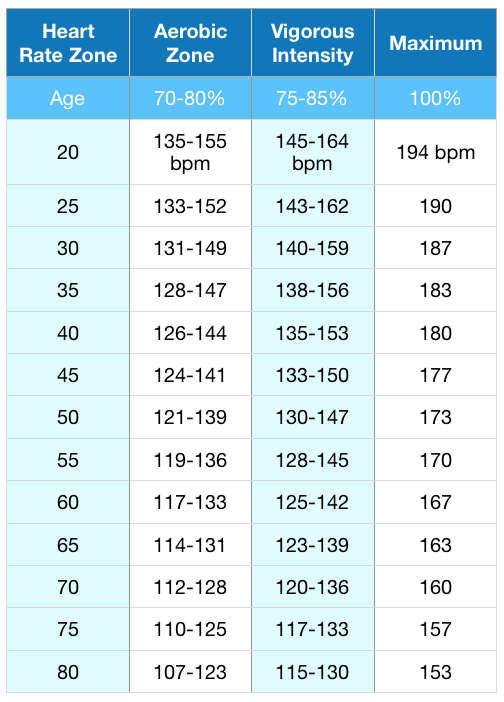
*For a more customized heart rate percentage, you may wish to use the Karvonen formula which requires you to know your resting heart rate.
Benefits of H.I.I.T.
One of the best things about H.I.I.T. is the afterburner. The Afterburn is the process of revving up your metabolism and continuing to burn calories up to 24 hours after your H.I.I.T. workout. This means that your body continues to burn fat even after your workout.
H.I.I.T. also makes your heart workout harder, and helps boost your cardiovascular strength. This also helps lower blood pressure and stabilize blood sugar levels.
Finally ,these workouts also help your body produce more natural HGH (Human Growth Hormone) and will help you preserve your lean muscle.
What is Steady State Cardio?
Steady state cardio is very simple and is a safe way to help your cardiovascular system. Steady state cardio is aerobic and requires oxygen and its fueled by stored fat. So while you are doing steady state cardio, you are burning fat which is helping you get lose weight.
This slow type of cardio also helps keep your heart, lungs, and circulatory system healthy. also great at helping you clear your mind and help your mood if you have a period of high stress.
When it comes to this type of cardio, the American Heart Association recommends that adults get at least 150 minutes per week of moderate-intensity aerobic activity.
Some examples are of steady state cardio are:
- Swimming
- Jogging
- Walking
- Rowing
- Biking (indoor/outdoor)
- Elliptical
- Zumba
Heart Rates for Steady State Cardio
To get the best results, your heart rate should be between 60% and 70% of your maximum heart rate.
Again, if you want your own personal heart rate zone based on your age and resting rate, feel free to contact me.
For those wanting to use a generic target heart rate calculator chart that can help you determine your heart rate in low, moderate, aerobic zones, see the chart below.
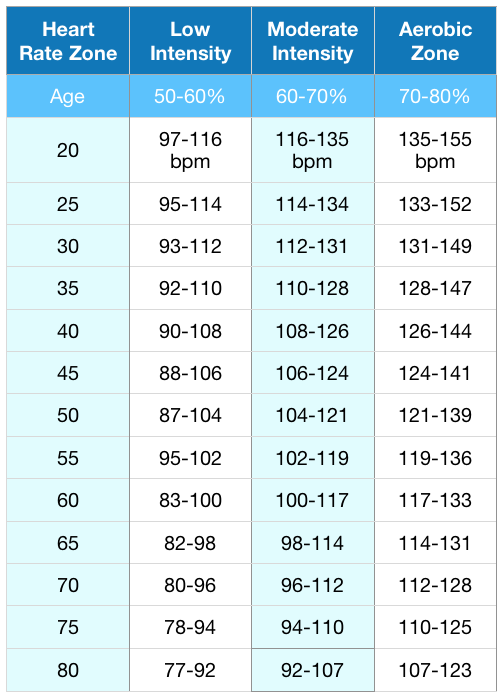
*For a more customized heart rate percentage, you may wish to use the Karvonen formula which requires you to know your resting heart rate.
Benefits of Steady State Cardio
One of the benefits of steady state cardio is that it’s great for beginners who are starting a new workout program. If you’ve never done cardio before, steady state cardio is great way to ease into weekly workout routine.
Second, when compared to H.I.I.T., steady state cardio helps your body recover faster. Although H.I.I.T. has become popular, it does add more stress on your body and it puts you at risk for injuries. If don’t correctly, steady state cardio allows adequate recovery.
In addition, steady state cardio can be a social workout. These types of workouts are good to do with friends, and can be done at a pace that you can have a conversation.
Choosing What Cardio Works Best for You!
So as I’ve told my clients, both types of cardio have benefits! Choosing which one works best for you would depend on your fitness goals. If you’re a beginner, who has little or no experience in the gym, then steady state cardio may suite you best.
If you’re someone who has spent their fair share of their time in the gym, and is looking to increase muscle mass and shed pounds faster, then H.I.I.T. may be the route for you.
When it comes to me first training clients, I like to find a good middle ground, create a moderate workout, and eventually incorporate both steady state cardio and H.I.I.T.
Like I’ve stated before, throughout my years of experience, I find that this workout regimen helps burn fat, speed up your metabolism, and helps us continue to get closer to your goals.
In Conclusion
Most importantly, if you decided to change workout routines, always consult with your doctor before starting a new fitness program.
Working with your doctor ahead of time is a good way of making sure that these exercise programs are right for you. This also helps ensure that you will minimize the possibility of injuring yourself.
Sources: Blog.Paleohacks.com | 10 Effective HIIT Workouts | Target Heart Rate Calculator
Aaptiv.com | Go the Distance: 4 Benefits of Steady State Cardio
Life.Spartan.com | 7 Benefits of HIIT That Will Make You a Stronger Athlete
Subscribe
Join to receive weekly health & fitness tips!
RELATED BLOGS
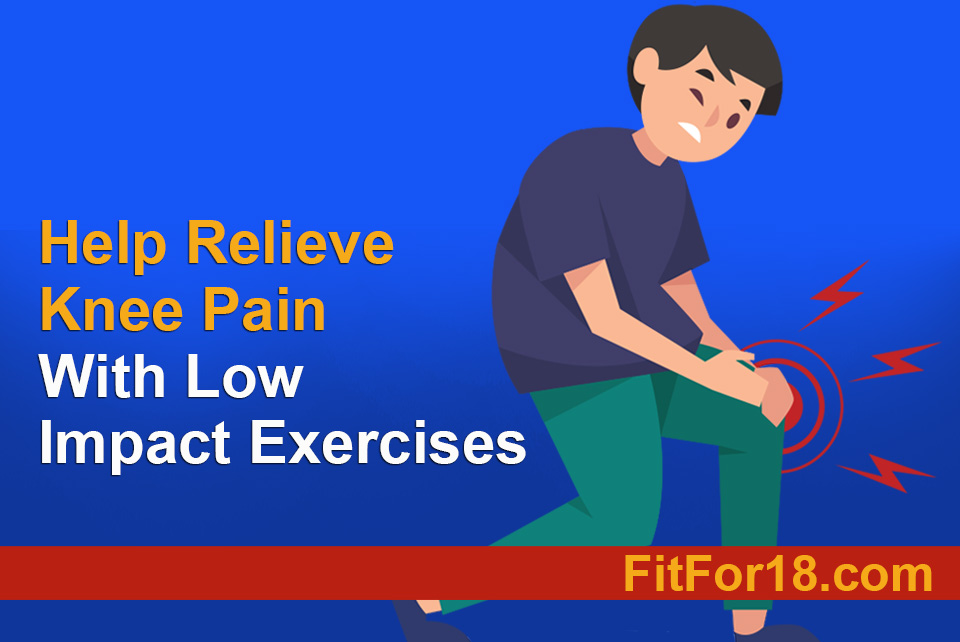
Help Relieve Knee Pain With Low Impact Exercises
Some common causes of knee pains and workouts that can help relieve them.

Losing Weight After Menopause
The challenges of losing weight after menopause and how to boost your chances of weight loss.

Weight Loss Guide for Those with Thyroid Disorders
Lifestyle choices that support weight loss and the well-being for those with thyroid challenges.
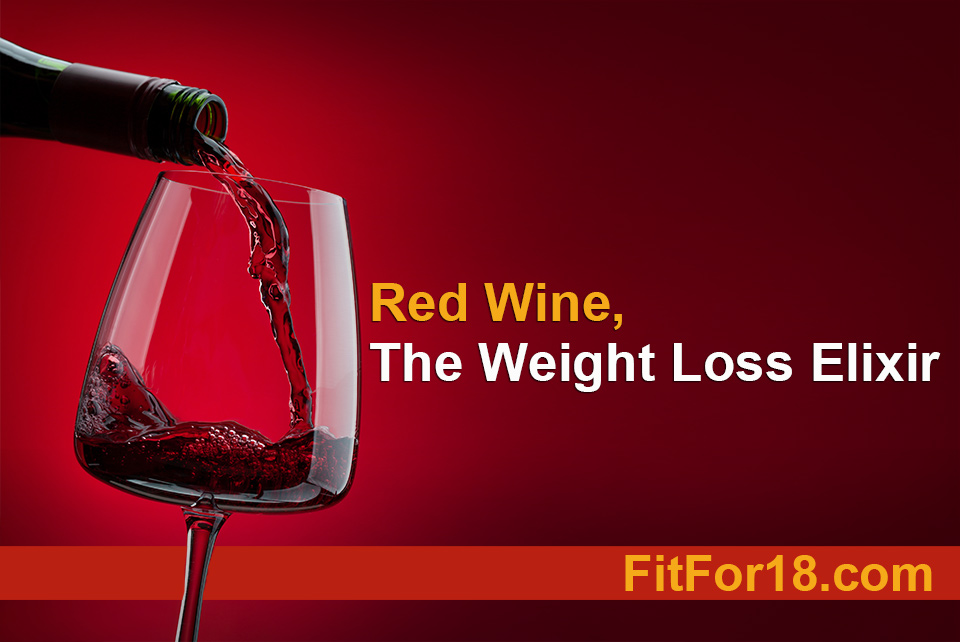
Red Wine, The Weight Loss Elixir
The benefits of red wine and how it can help you through your weight loss journey.

Can Health Issues Cause a Low Sex Drive?
How certain health issues can lower your sex drive and how to work on increasing your libido.

Why Calisthenics is Important After 30
As we grow older, staying active becomes important. The key to maintaining strength & flexibility is calisthenics.
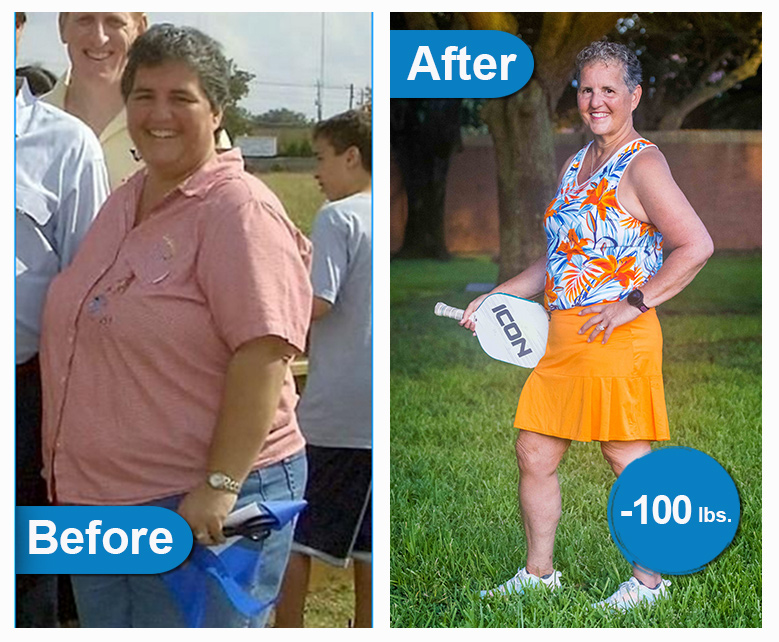
Don’t Get In a Pickle, Have a Ball!
The incredible journey of Sharon Meyer and her 100 pound weight loss!
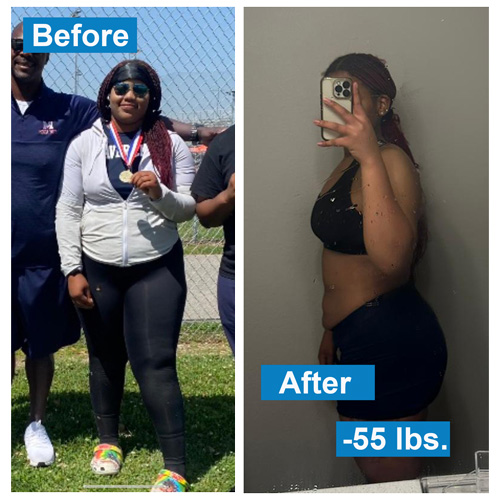
Lose Weight Like Tamia
How Tamia lost 55 pounds on 3 months with Travis Johnson.

The Skinny Shot Ozempic and How It Can Help You Lose Weight
A few facts you should know before considering Ozempic for weight loss.

Staying Active After Retirement
The benefits of staying active after retirement and different workouts that can help you improve your lifestyle.

